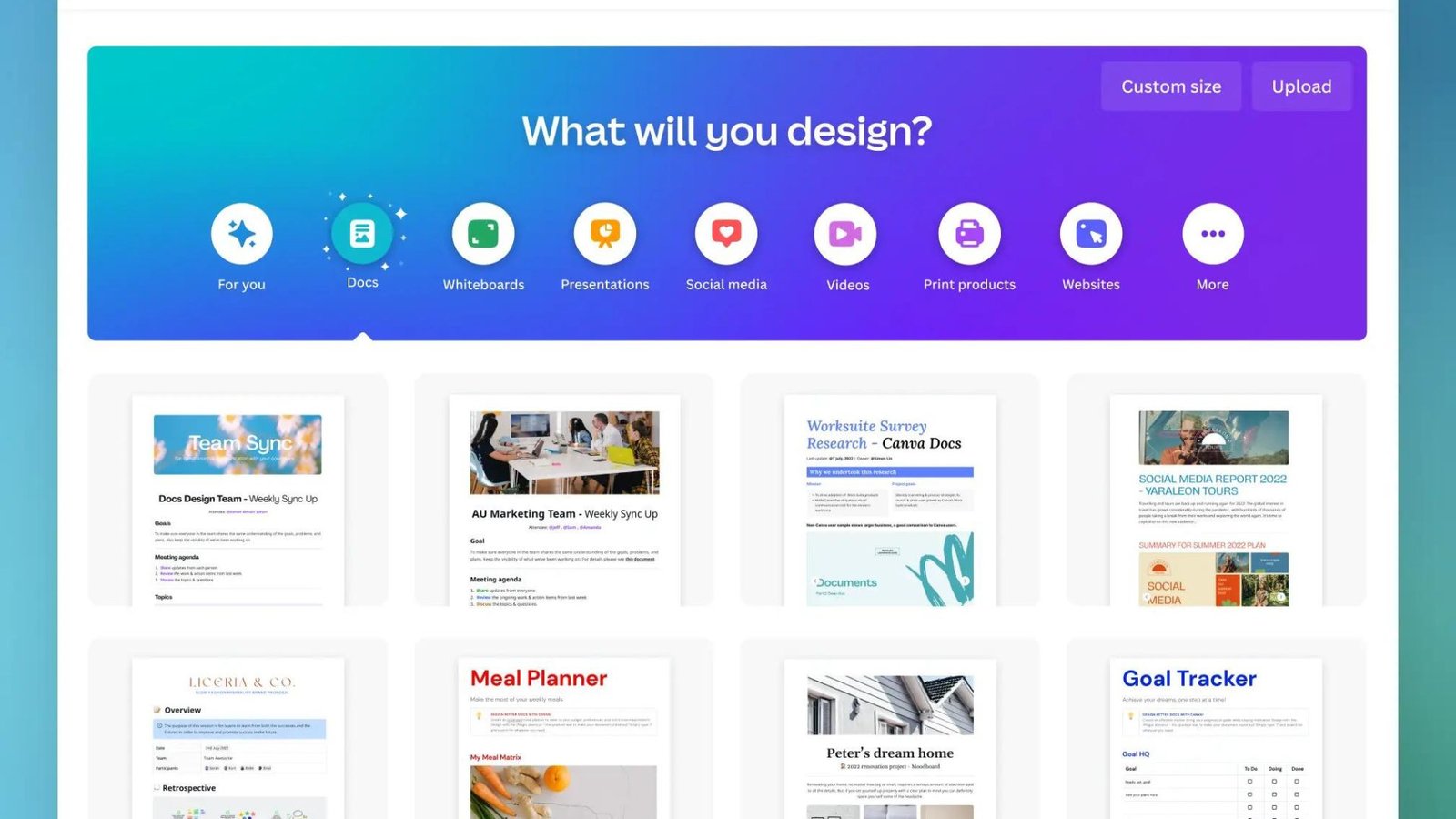For Jewish nonprofits, having a well-designed website is essential to effectively communicate their mission, engage with supporters, and manage operations. Jewish web design best practices help nonprofits create websites that are not only visually appealing but also functional, accessible, and reflective of their cultural and religious values. In this blog post, we’ll discuss the best practices for Jewish web design tailored specifically for nonprofit organizations, ensuring that their websites effectively support their charitable goals.

Embracing Culturally Relevant Design
Incorporate Traditional Elements
Incorporating traditional Jewish symbols, colors, and imagery into the website design helps create a strong cultural connection. Elements such as the Star of David, menorahs, and Hebrew text can be integrated in a respectful and meaningful way. These design choices reinforce the nonprofit’s identity and resonate with the community they serve.
Use Heritage Colors
Colors associated with Jewish traditions, such as blue and white, can be used strategically in the website’s color scheme. These colors not only enhance the visual appeal but also evoke a sense of cultural identity and continuity. Balancing heritage colors with modern design trends ensures that the site is both culturally relevant and visually contemporary.
Respectful Imagery
When using religious or cultural imagery, ensure that it is portrayed respectfully and accurately. Images should align with the nonprofit’s mission and values while avoiding stereotypes or misrepresentations. Authentic and thoughtful imagery helps build trust and credibility with the community.
Enhancing User Experience
Simplified Navigation
Clear and intuitive navigation is crucial for a positive user experience. Organize content into easily accessible categories and use straightforward menu options. Ensure that visitors can quickly find information about programs, events, and donation opportunities without navigating through complex layers.
Mobile Responsiveness
With many users accessing websites on mobile devices, mobile responsiveness is essential. Design the website to adapt seamlessly to various screen sizes and resolutions. A mobile-friendly design ensures that all users, regardless of the device they use, can easily access and interact with the content.
Fast Load Times
Optimize website performance to ensure fast load times. Large images, heavy scripts, and unoptimized media can slow down the site, leading to a poor user experience. Use techniques such as image compression, caching, and efficient coding to enhance load times and keep visitors engaged.
Improving Accessibility
Implement Accessibility Features
Make the website accessible to all users, including those with disabilities. Implement features such as keyboard navigation, screen reader compatibility, and text-to-speech options. Ensure that color contrast meets accessibility standards and provide alternative text for images to support visually impaired users.
Multilingual Options
Offering multilingual support can broaden the reach of the nonprofit’s website, especially in diverse communities. Provide content in multiple languages, including Hebrew and other relevant languages, to ensure that all members of the community can access and understand important information.
Clear Calls to Action
Use clear and compelling calls to action (CTAs) to guide visitors towards desired actions, such as making a donation, signing up for a newsletter, or volunteering. Ensure that CTAs are prominently placed and easy to find, with concise and motivating language.
Engaging Content and Features
Interactive Elements
Incorporate interactive features to engage users and encourage participation. Features such as donation forms, event registration tools, and interactive maps can enhance user involvement and make it easier for visitors to contribute to the nonprofit’s mission.
Multimedia Integration
Use multimedia elements like videos, podcasts, and photo galleries to enrich the website’s content. Multimedia can help tell compelling stories about the nonprofit’s work, showcase events, and highlight the impact of donations. Ensure that multimedia content is optimized for fast loading and easy viewing on all devices.
Success Stories and Testimonials
Highlight success stories and testimonials from beneficiaries, volunteers, and donors. These personal accounts provide social proof of the nonprofit’s impact and can inspire others to get involved. Use engaging visuals and authentic narratives to create a compelling and relatable presentation.
Streamlining Operations
Donation Management
Integrate a user-friendly donation system that allows supporters to easily contribute online. Include options for one-time or recurring donations, and ensure that the payment process is secure and straightforward. Provide clear information about how donations will be used to support the nonprofit’s mission.
Event Management
Implement event management tools to facilitate the planning and promotion of events. Features such as online registration, event calendars, and automated reminders can help streamline event logistics and keep attendees informed.
Communication Tools
Incorporate communication tools such as contact forms, live chat, and email newsletters to facilitate interaction with supporters. These tools help maintain open lines of communication and keep the community informed about news, updates, and opportunities to get involved.
Conclusion
Jewish web design best practices for nonprofits focus on creating websites that are culturally relevant, user-friendly, and effective in supporting the organization’s mission. By incorporating traditional design elements, enhancing user experience, and improving accessibility, nonprofits can build engaging and functional websites that resonate with their community. Interactive features, multimedia content, and streamlined operations further enhance the site’s effectiveness in supporting charitable goals. As Jewish nonprofits continue to leverage digital tools, adhering to these best practices will help them create impactful online presences that drive engagement and support their important work.




